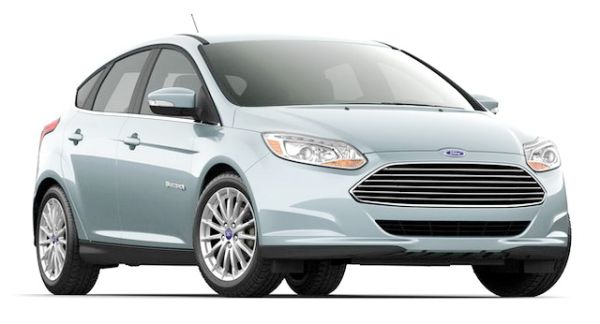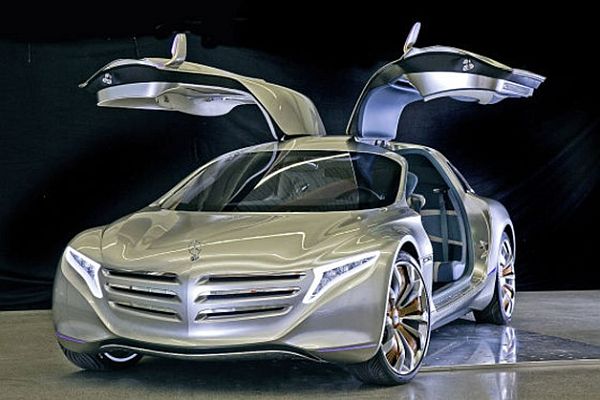Magnetic levitation
Thanks to advances in aviation technology, we’re able to travel great distances and cross oceans in a matter of hours. But as we all know, traveling by air is both expensive and emission intensive. Since fossil fuels are no longer in great abundance, which air planes need for their operation, we must have an alternative. This is where magnetic levitation comes in, offering us an alternative to conventional transport at a fast speed.
The term magnetic levitation is simply a technology that utilizes the principles of electromagnets to guide vehicles like trains over guideways instead of conventional rail tracks. The magnetic fields are used to counter the effects of gravity and the whole system comprises the use of three components ; a large source of electrical power, metal coils that line a guideway and large guidance magnets that need to be attached beneath a train.
These maglev trains have a lot more benefits than conventional ones as they have a very high holding capacity. Presently, maglev trains can accommodate about 12,000 passengers per hour. This is equivalent to what 60 Boeing 767s can hold per hour. Since maglev trains don’t make contact with tracks, they’re far less prone to being affected by adverse weather conditions. However, the biggest advantage is that they don’t run on petroleum and the needed electric power can be obtained from different sources, including renewable ones.
Present use
1. Linimo line, Japan
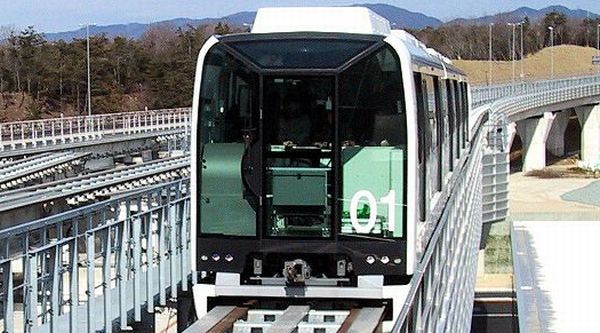
The 5.6 mile long Linimo line has been in operation since 2005. Originally built to serve the site of the Expo 2005 fair, the train continues to serve the community. The line has nine stations and the train is able to cover the distance at speeds of 62mph. The first three months of the train’s operation saw 10 million passengers, evidence of its high capacity.
2. Shanghai Maglev Train
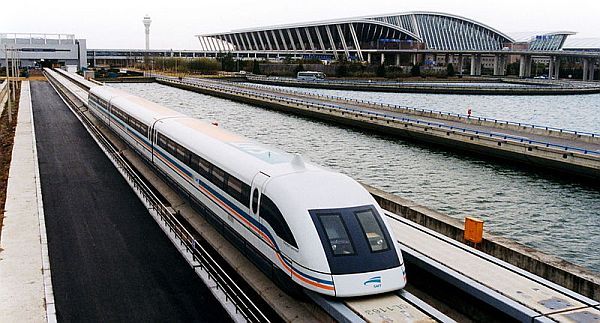
The Shanghai Maglev Train has been operating since 2004 after the Chinese government signed an MoU with Transrapid, a German maglev consortium. It makes 115 daily trips along the 30 km route linking Pudong International Airport and Longyang Road Metro station in Shanghai. Faster than the Linimo line, the Shanghai Maglev Train averages 165mph and a top speed of 268mph. It boasts a reliability of more than 99.97 percent of being on time.
3. Maglev Train in Daejeon, South Korea
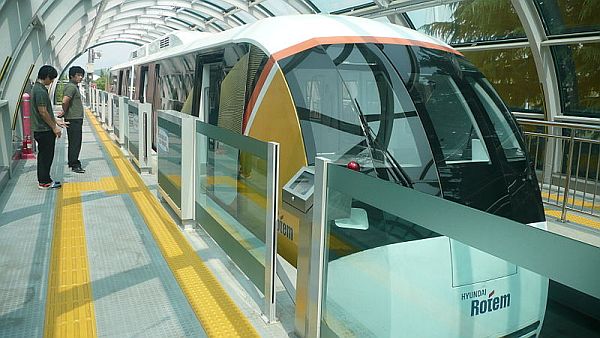
HML-03 was the world’s first public maglev train and began operations in 1994 in South Korea’s Daejeon. Two prototypes had been built; HML-03 and HML-02. The first urban maglev was the UTM-02 which was launched in 2008, also in Daejeon, which ran on a one kilometer track connecting the Expo Park with the National Science Museum.
While the countries above have been making using of maglev trains for some years now, others are in the league of utilizing magnetic levitation too, which includes:
1. Old Dominion University
Old Dominion University has a track less than a mile long for a maglev system. Unlike conventional maglev trains, the train and not the track, contains most of the magnets, sensors and computation, which will decrease cost of construction per mile. Unfortunately, ODU was unable to invest enough money to make the train functional.
2. AMT Test Track, Georgia
American Maglev Technology Inc. is presently building a second prototype system based on the same principle as that of ODU for use in Powder Spring, Georgia.
3. Applied Levitation/Fastransit Test Track – Santa Barbara, California
Applied Levitation Inc. is planning to construct a quarter mile outdoor track in Santa Barbara after building a levitating prototype that runs on an indoor track.
4. Beijing S1 Line
China is set to get its first low speed maglev line based on technology developed by China’s Defense Technology University. The 6.3-mile long S1-West line will run a maglev train able to achieve speeds of 65mph. The system will be completed within two years.
The benefits
1. Maglev trains cost less to build than conventional trains and don’t produce as much noise.
2. Since they’re elevated, maglev trains don’t use as much land space, making them less prone to accidents.
3. They use less energy than other modes of transport.
4. Since they don’t depend on fossil fuels, they emit no pollution.
5. Maglev trains are faster as they float and aren’t affected by rolling resistance.
What’s next?
Currently, maglev trains serve as an alternative to conventional trains. While the aim is to construct tracks and develop trains that can traverse longer distances, for now, concept cars that run on maglev technology are also being envisioned.
Trends
1. Kumho Epoch concept car
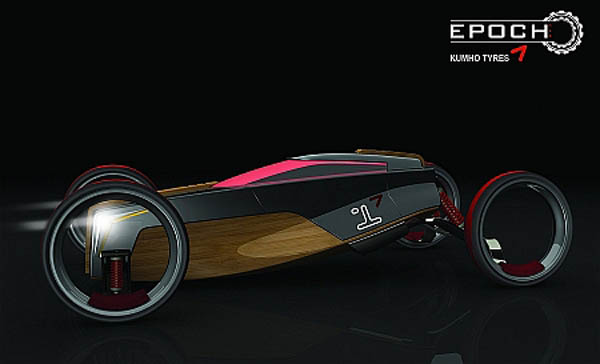
Designed by Rob Dolton, the Kumho Epoch is built out of recycled tire tread rubber for the lightweight body panels and a chassis crafted from bamboo, making it a truly green car. It will be powered by a maglev system and will support a feature that’s extremely futuristic: Electro Active Polymer that enables the tire treat and shape to change.
2. Nissan Motivity 400C Concept Car

The Nissan Motivity 400C is a concept car envisioned by Tryi Yeh, that operates via a maglev system. The triangular shaped car is so built to reduce drag. Theoretically, maglev can propel vehicles to 4,000mph in an evacuated tunnel. Of course, we’re certain no law would ever allow a car to travel that fast but it gives us an idea of just what maglev is capable of.
3. Maglev PTV
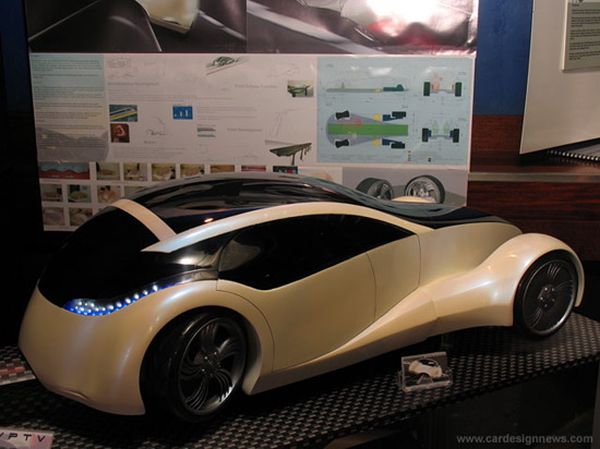
The Maglev PTV is designed by Steve Darbyshire and combines maglev, by wire chassis technology and fuel cells to operate. It can reach speeds of 300mph over long distances, which is further enhanced by its aerodynamic shape.
Limitations
1. Maglev cars will need to be constantly monitored and corrected by computers to prevent accidents that can arise out of unstable electromagnetic attraction.
2. Top speed can be limited due to restrictions on guideway inductivity.
3. Owing to the magnetic fields generated, passengers with pacemakers won’t be able to ride in maglev cars. Besides, devices like hard drives and objects like credit cards will need to be enclosed in magnetic shielding systems so they don’t get damaged.



